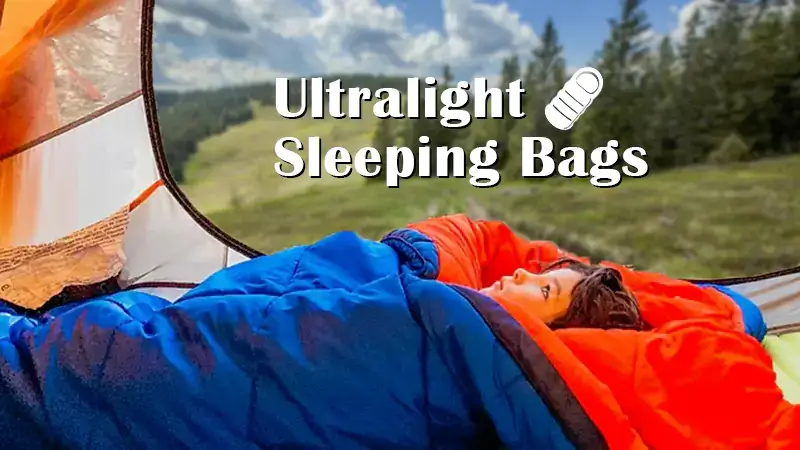
Packing light isn’t always easy, especially when it comes to sleep systems. When you’re packing an ultralight sleeping bag or lightweight hiking hammock, it’s important that you find a good quality packer and make sure it’s durable enough to hold up on the trail. In this article, we’ll help you choose the best ultralight backpacking sleep system for your needs.
What is Ultralight Sleeping Bags?
Ultralight sleeping bags are becoming more and more popular for backpacking. Here is a guide to help you choose the best ultralight sleeping bag for your needs.
When shopping for an ultralight sleeping bag, consider your intended use.. Are you hiking in the summer or winter? Do you need a mummy-style bag that will keep the warmth in or a quilt-style bag that will disperse the heat?
Assuming you’re looking for an ultralight backpacker sleeping system, here are some key factors to consider: weight, insulation type, and warmth-to-weight ratio.
Types of Packing Materials
Ultralight sleeping bags are becoming more popular among backpackers due to their lightweight and comfortable features. However, not all ultralight sleeping bags are created equal. Here are four things to look for when selecting an ultralight sleeping bag: insulation, weight, comfort, and durability.
Insulation
The most important factor to consider when purchasing an ultralight sleeping bag is the insulation. Many ultralight sleeping bags use synthetic fill materials such as down or goose down. Down is the most durable and warm of the three options, but it is also the heaviest and most expensive. Goose down is a cheaper option that still provides good warmth, but it does not last as long as down and it tends to be less dense than down. A good compromise between cost and warmth would be a synthetic material such as Polartec NeoAir XTherm.
Weight
Another important consideration when choosing an ultralight sleeping bag is weight. Backpackers want to find a sleeping bag that is both lightweight and comfortable. The best way to achieve this balance is by looking for a Sleeping Bag Weight Capacity (SLC) rating. This rating tells you how much weight a particular sleeping bag can withstand before becoming too tight or uncomfortable to sleep in. The lighter the Sleeping Bag Weight Capacity (SLC), the less weight you will need to carry on your back!
Comfort
Last but not least, make sure the Sleeping Bag you choose is comfortable!
How to Choose a Backpacking Sleep System?
When you’re packing for your backpacking trip, you might be wondering what kind of sleep system to bring. There are a lot of options available, but which one is the best for you?
Here are some things to consider when choosing a sleep system:
Temperature Regulation
The first thing to consider is how well the sleep system regulates your body’s temperature. If it’s too cold at night, you might get sick. If it’s too hot, you’ll also likely suffer from discomfort. Make sure the system has adequate insulation to keep you warm or cool during the night.
Weight
The next thing to look for is a lightweight sleep system that will still provide adequate comfort and warmth. You don’t want something that’s going to add unnecessary weight to your pack or cause lots of extra bulk around your waist.
Comfort
The last thing to factor into your decision is how comfortable the system will be. You want something that conforms closely to your body so that you can get a good night’s sleep no matter where you are sleeping. Many systems come with adjustable straps and padding so that you can customize them to fit perfectly.
Conclusion
Ultralight sleeping bags are becoming increasingly popular among backpackers, hikers, and mountain bikers. However, not all ultralight sleeping bags are created equal. In this article, we will discuss the different factors to consider when shopping for an ultralight backpacking sleep system. We will also give you a list of the best lightweight backpacking sleeping bags on the market today. Thanks for reading!











